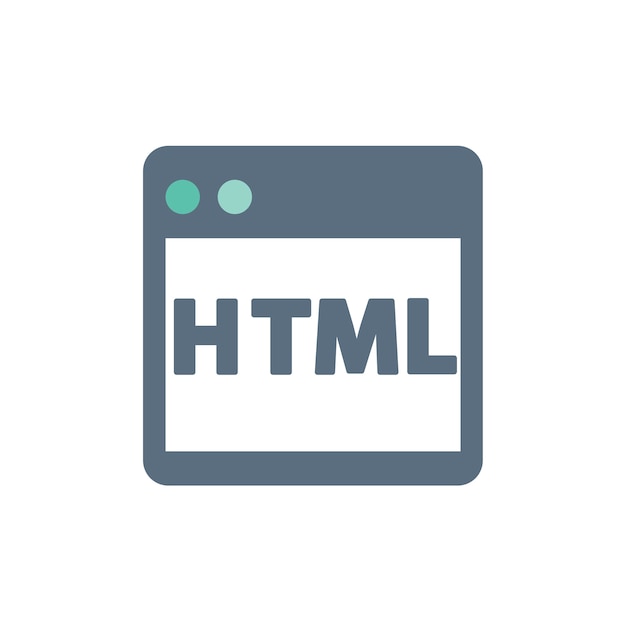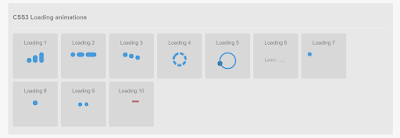HTML TUTORIAL
 |
HTML Tutorial
First developed by Tim Berners-Lee in 1990,
HTML is the standard markup language for Web pages.
With HTML you can create your own Website.
HTML is easy to learn - You will enjoy it!
HTML code ensures the proper formatting of text and images so that your Internet browser may display them as they are intended to look. Without HTML, a browser would not know how to display text as elements or load images or other elements. HTML also provides a basic structure of the page, upon which Cascading Style Sheets are overlaid to change its appearance. One could think of HTML as the bones (structure) of a web page, and CSS as its skin (appearance).

HTML code ensures the proper formatting of text and images so that your Internet browser may display them as they are intended to look. Without HTML, a browser would not know how to display text as elements or load images or other elements. HTML also provides a basic structure of the page, upon which Cascading Style Sheets are overlaid to change its appearance. One could think of HTML as the bones (structure) of a web page, and CSS as its skin (appearance).
What does an HTML tag look like?
As can be seen in the HTML tag example above, there are not many components. Most HTML tags have an opening tag containing the tag name, tag attributes, a closing tag containing a forward slash, and the tag name being closed. For tags that do not have a closing tag like <img> , it is best practice to end the tag with a forward slash.
Each tag is contained within a less than and greater than angle brackets, and everything between the opening and closing tag is displayed or affected by the tag. In the example above, the <a> tag is creating a link called "Computer Hope" that is pointing to the hope.html file.
What does HTML look like?
The box above contains the key ingredients to a basic web page. The first line (DOCTYPE) describes what version of HTML the page was written in so that an Internet browser can interpret the text that follows. Next, the HTML opening tag lets the browser know that it is reading HTML code. The HTML tag is followed by the head section which contains information about the page, such as its title, meta tags, and where to locate the CSS file. The body section is all content that is viewable on the browser. For example, all the text you see here is contained in the body tags. Finally, closing tags wrap each element for proper syntax.
What is HTML5?
HTML5 is the update made to HTML from HTML4 (XHTML follows a different version numbering scheme). It uses the same basic rules as HTML4, but adds some new tags and attributes which allow for better semantics and for dynamic elements that are activated using Javascript. There are also new input types for forms, which include tel, search, url, e-mail, datetime, date, month, week, time, datetime-local, number, range, and color.
With the increasing movement to keep structure and style separate, some styling elements have been removed, along with those that had accessibility issues or saw very little use. These following elements should no longer be used in HTML code: <acronym>,<applet>, <basefont>, <big>, <center>, <font>, <frame> , and many others. HTML5 also simplifies the doctype declaration to the tag .
What does HTML5 look like?
As shown below the HTML5 code is very similar to the earlier HTML4 example, but is cleaner and has a revised doctype tag.
How to create and view HTML
Because HTML is a markup language, it can be created and viewed in any text editor as long as it is saved with a .htm or .html file extension. However, most find it easier to design and create web pages in HTML using an HTML editor.
Once the HTML file is created, it can be viewed locally or uploaded to a web server to be viewed online using a browser.
Which file extensions are used with HTML?
HTML files use either the .htm or .html file extension. Older versions of Windows (Windows 3.x) only allow three-letter file extensions, so they used .htm instead of .html. However, both file extensions have the same meaning, and either may be used today. That being said, we recommend sticking to one naming convention as certain web servers may prefer one extension over the other.
Note
Web pages that are created using a scripting language like Perl, PHP, or Python have a different extension even though they only show HTML in the source code.
[Related content]
For more this type of content or If you want to know amazing facts , tricks ,tips about technology or you want to learn coding then follow
coder__bhai on instagram
For more this type of content or If you want to know amazing facts , tricks ,tips about technology or you want to learn coding then follow
coder__bhai on instagram



Comments
Post a Comment